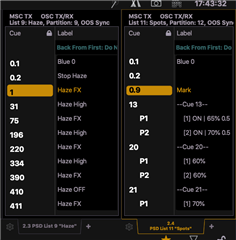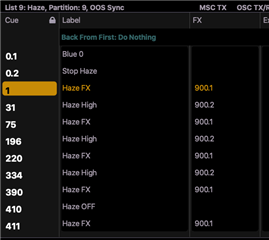The manual tells me this can be use to create a new cue list. (We only ever use one cue list - I ma not even sure why one would use multiple cue lists, maybe because we only run linear plays) And, it will save only 'manual' values. I'm a bit hazy over the whole issue. If I have a cue that has some refocused MLs and a color change, will [Record Only] save just my color changes? When would I use [Record Only] as opposed to [Record}? Some examples would be appreciated and a comparison of manual and none manual data would help put this one away.




